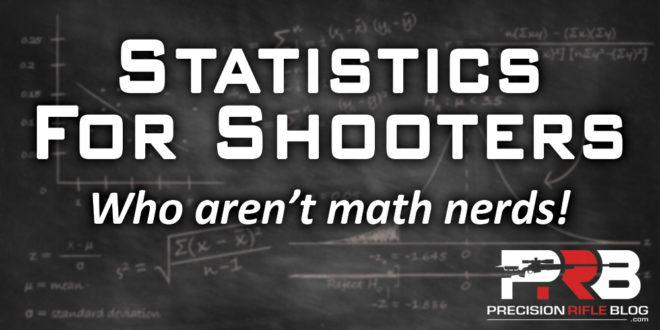That took less time than I thought it would! The internet has made it sound like the only good rifles are .25 moa. I get sick of hearing how "My 6.5lb all in hunting rifle shoots .5 moa all day at 1000y". If this was true, these rifles would be winning 1000y bench rest competitions against 20lb rifles. It simply isn't true. A true 1 moa hunting rifle should never be gotten rid of. I think the really good, I mean really good, hunting rifles that are .5 moa, still pitch one out to 1moa here and there. "Called shot. That was me, not my rifle."
In my small statistical load development and long range validation, I want to see solid sub moa accuracy. I totally agree with the Hornady guys that loading in .2gr increments is statistically inconsequential. Unless shooting something like a 17 Hornet I rarely make powder adjustments less than one grain. The smallest that I ever make is .5gr. When I load develop I shoot one shot 1gr increments all fired at the same dot. If the rifle likes what we are using it will usually show pretty close to an moa target, even though we may have increased 200fps to 300fps in the ladder. If the group in the ladder is all over the place, I switch to a different powder. I have seen changing primers take a rifle from 2.5 moa to .5 moa. Wouldn't think it possible had I not seen it. Still too small a statistical sample to prove but it held up at long range.
I think if guys actually listen to the Hornady podcast, they could save the amount of powder, primers, and bullets they shoot to develop a load, in a third. They aren't telling you need to shoot hundreds and hundreds of shots to develop a load. They are telling you not to do that, because unless you do, the small changes that you are making are statistically unproven and likely will not change anything. It might make you more confident, which is priceless.
I could sell a lot more bullets if I told guys to load in .5gr increments in 5 shot groups in a ladder up to pressure. Then take the best group and work up and down from there in .2gr increments to find the best group. Then take that best group and work the seating depth in 2 thou increments in 5 shot groups to find the best group. If a guy has done this he has gone through hundreds of bullets and they are all statistically inconsequential. When you are making these minute changes you would have to shoot 30-50 shots at each change to prove it to be actually better. They are saying that if you actually shot 30-50 shots at each minute change it would prove to be not different.
The guys that take offense to the Hornady guys are the guys that take hundreds of shots to develop a load. Now Hornady comes along and tells them that they have been wasting their time and money and it offends them.
My method to load develop usually takes less than 20 shots, including zeroing and confirming drops. Sometimes we get that rifle that is picky and we have to try several powders to find what it likes. There have been a few that have taken us 70 shots to find the combo but I never tinker a rifle into a good load.

